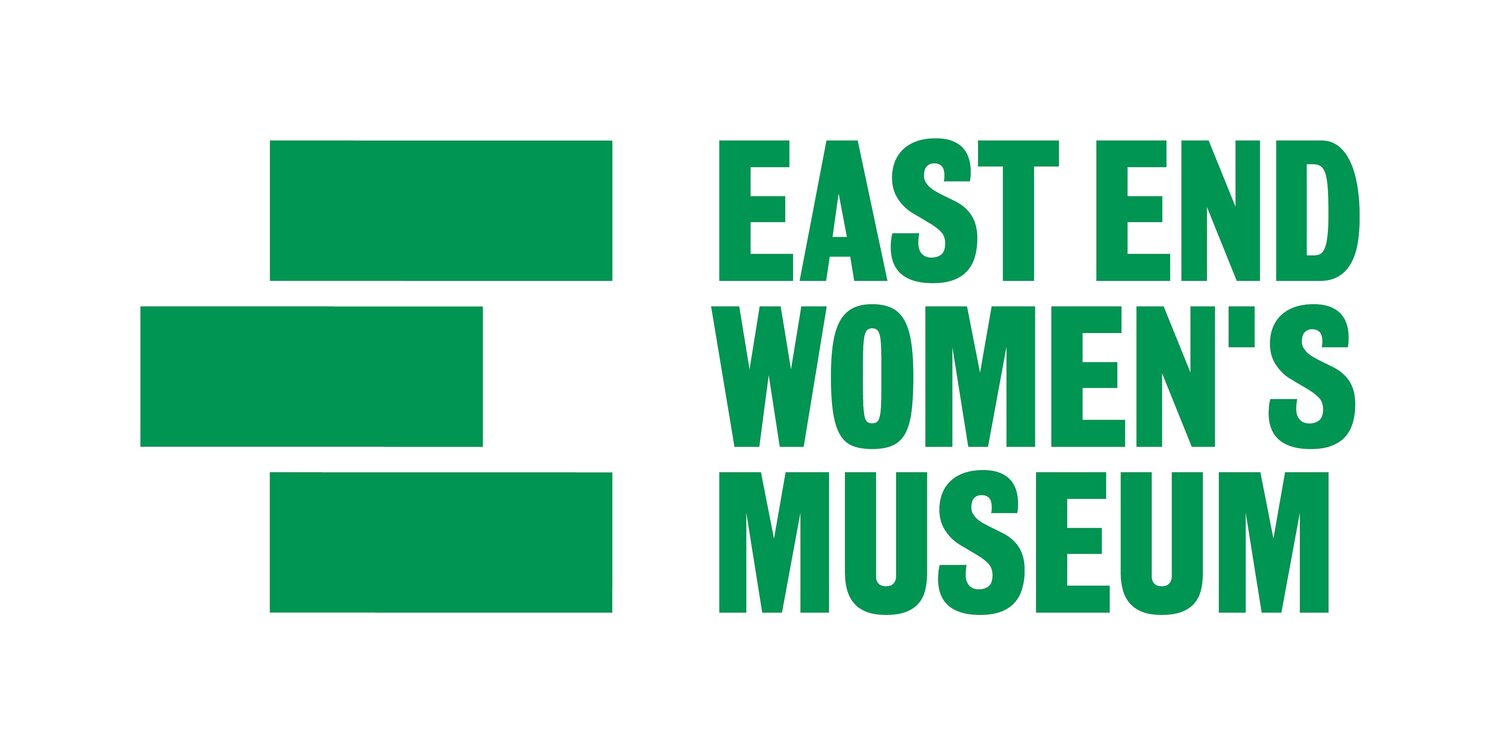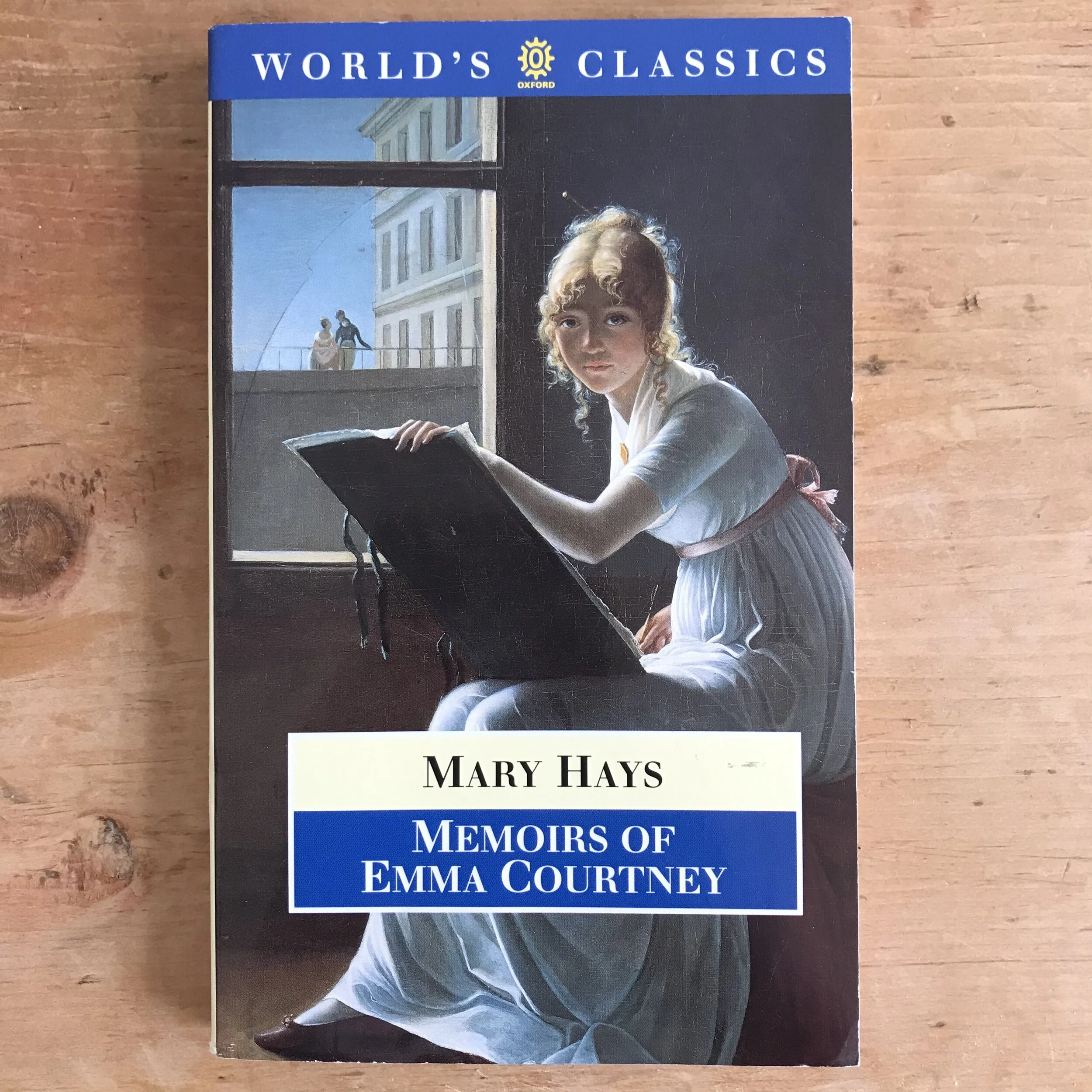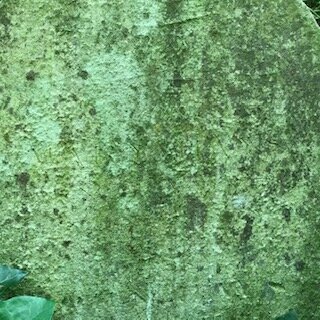It recently struck me that many of history’s or, shall I say herstory’s, finest (and fiercest) women were called Mary. In this series alone we have thus far covered the achievements of Mary Driscoll – matchwoman, strike leader and shop owner; Mary Jane Kelly – expert identity re-inventor and sex worker; Mary Frith – thief, pimp and cross-dresser; and Mary East – ‘the female husband’. Today we delve into the life of dissenting female author, Mary Hays.
‘In the intellectual advancement of women, and their consequent privileges in society, is to be traced the progress of civilization’ - Mary Hays, 1800
EARLY LIFE
Born in London on 13 October 1759, Mary was brought up alongside her six siblings in Southwark by her mother, Elizabeth Hays [née Judge] who was widowed when Mary was 15. The Hays were a Baptist family, which in 1778 led Mary to meet John Eccles who had recently moved to the area and attended the same church – Blackfield Chapel on Gainsford Street. Eccles and Mary soon began courting and by 1779 were engaged to be married. However, what appeared to be a clean-cut life ahead was cruelly snatched away from Mary on 24 August 1780 when Eccles died prematurely of a fever.
In the aftermath of this loss Mary focused her energies educationally and developed a life-changing interest in writing, literature and theology. Inspired by the texts she absorbed herself in, Mary took up her own pen and her first publication appeared in The Lady’s Poetical Magazine in 1781. Her poem, ‘Invocation to the Nightingale’ emerged under the name of the Greek goddess of piety - Eusebia. An attempt by Mary to emerge as a respectable writer perhaps? Breaking the mould with this initial piece fortified Mary’s confidence to write several poems and prose pieces which were published in The Universal Magazine under her own auspices in the coming years.
Front cover of The Lady’s Poetical Magazine, 1791 and Mary Hays’ poem in the same magazine, 1781 © University of Virginia
At the same time, Mary began to evaluate her theological beliefs and initiated what developed into a longstanding correspondence with Baptist preacher and philanthropist, Robert Robinson (1735-1790). This acquaintance catalyzed her introduction to the writings of several radical dissenters of the day and encouraged Mary to express her own Remarks on an Enquiry into the Expediency and Propriety of Public or Social Worship in 1792. Thus beginning Mary’s trend for authoring somewhat controversial texts. In the same year Hays discovered Mary Wollstonecraft’s Vindication of the Rights of Woman, which piqued her interest in feminist issues of the day, primarily centred on the education of women.
“‘By degrading the female character, and by repressing the wish for improvement, men have, with a narrow and temporary policy, been enemies, not only to their own happiness, but to their offspring.’”
This extract comes from Hays’ own text Letters and Essays, Moral, and Miscellaneous, 1793. Hays became a staunch promoter for the proper education of women and explicitly allied herself with Wollstonecraft through referencing her in the preface of Letters; acknowledging Wollstonecraft as the writer who ‘hath endeavoured to rescue the female mind from those prejudices by which it has been systematically weakened.’
Hays also formed a fast friendship with Wollstonecraft and with Wollstonecraft’s future partner, William Godwin; conducting her into the social sphere of late eighteenth century radical thinkers – a number of whom were also female authors: Elizabeth Hamilton, Eliza Gregory, Eliza Fenwick, Anne and Annabella Plumptre, Charlotte Smith and Elizabeth Inchbold.
In 1798 an unattributed text appeared entitled Appeal to the Men of Great Britain. Although the author of this text has never been confirmed, it is widely believed to be Hays with ideas strongly echoing those propounded in Wollstonecraft’s Vindication.
“‘Of all the system…which human nature in its moments of intoxication has produced; that which men have contrived with a view to forming the minds, and regulating the conduct of women, is perhaps the most completely absurd.’”
In 1796, as well as writing regularly for Monthly Magazine and Analytical Review, Mary branched out from her more sober subjects with her first novel, Memoirs of Emma Courtney. Although a departure from her more serious passages, Memoirs is a fictional form of the same sentiments. Touching on topics of female sensuality and adultery as well as challenging the inequalities that women faced in eighteenth century Britain, Hays reaches out to an alternative audience with the same radical ideas that emerged in her earlier articles.
Mary Hays, Memoirs of Emma Courtney. [1796] Oxford, 1996
In 1797 Hays received the saddening task of writing an obituary for Wollstonecraft which appeared in Monthly Magazine, and in 1800 Hays also composed an extended memoir for Wollstonecraft in The Annual Necrology.
Mary Hays ‘Memoirs of Mary Wollstonecraft’, The Annual Necrology, 1797-1798, p411 © New York Public Library
Mary continued her literary career through the turn of century, culminating in her pièce de résistance in 1803. After moving into her own property at 9 St George’s Place, Walworth; Mary embarked upon six volumes of Female Biography, containing the Memoirs of Illustrious and Celebrated Women of all Ages and Countries: Alphabetically Arranged. ‘Intended for women’, this collection of volumes boasts the biographies of some 300 women whose lives Mary hoped would inspire other women.
Over the next twenty years Mary continued to publish biography and fiction and also contributed to Charlotte Smith’s History of England series. Mary produced her final publication, aged 65, in 1821 - Memoirs of Queens: Illustrious and Celebrated. In her latter years she remained in contact with a wide correspondence including her former friend’s daughter, Mary Shelley (1797-1851). She also tutored her niece, Mathilda Mary Hays (1820-1897) who in turn, and arguably inspired by her aunt, went on to become a nineteenth century radical feminist writer.
Throughout her life Mary moved many times and lived in many areas of London, including Grays Inn, Norwood, Camberwell, Greenwich and Walworth, often residing with other family members for long periods of time. But she spent her final years living independently at a boarding house in Clapton. Fiercely autonomous and committed to the cause of women until the end, Mary Hays died on 19 February 1843. The engraving on Mary’s headstone has almost entirely faded over time but her name can just be made out on the moss-coated sandstone, sheltered amongst the overgrown foliage of Abney Park Cemetery.
Mary Hays’ headstone, Abney Park Cemetery
AUTHOR
Chloe Wilson works and volunteers in the heritage sector in London with historical interests primarily in gender and political history. Twitter: @chloevwilson
SOURCES/FURTHER READING
Hays, Mary. ‘Memoirs of Mary Wollstonecraft’, The Annual Necrology, 1797-98. London: R. Phillips, 1800. 411-60. https://babel.hathitrust.org/cgi/pt?id=nyp.33433081557450&view=1up&seq=445
Hays, Mary. ‘Deaths in London – Mrs Godwin’, Monthly Magazine, Volume IV, 1797
https://babel.hathitrust.org/cgi/pt?id=chi.20727708&view=1up&seq=259
Hays, Mary. Memoirs of Emma Courtney. [1796] Oxford, 1996
Lasa Álvarez, Bergońa. ‘Mary Hays, an Eighteenth-Century Woman Lexicographer at the Service of "the Female World’, ELOPE: English Language Overseas Perspectives and Enquiries (December 2018): 81-94. https://www.researchgate.net/publication/329987495_Mary_Hays_an_Eighteenth-Century_Woman_Lexicographer_at_the_Service_of_the_Female_World_ELOPE_English_Language_Overseas_Perspectives_and_Enquiries_152_2018_81-94
Walker, Gina. 'Sewing in the Next World': Mary Hays as Dissenting Autodidact in the 1780s’, Romanticism on the Net. Issue 25, February 2002 https://www.erudit.org/fr/revues/ron/2002-n25-ron437/006013ar/
Mary Hays: Life, Writings and Correspondence http://www.maryhayslifewritingscorrespondence.com/mary-hays-correspondence/acknowledgments




![Mary Hays, Memoirs of Emma Courtney. [1796] Oxford, 1996](https://images.squarespace-cdn.com/content/v1/58eb9f4d46c3c45cf0e02ec0/1596026658062-RAA7R0IYEWQZ0YUE7G2H/Memoirs%2Bof%2BEmma%2BCourtney.jpg)


